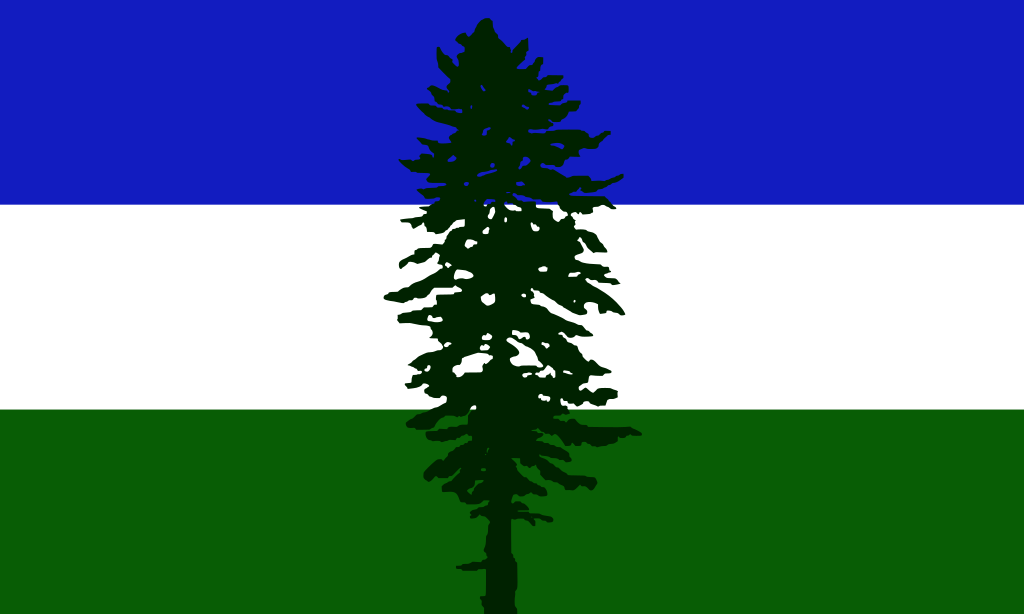In America, the people don’t elect the president. The states send electors to Washington and all the electors form the “electoral college”. It is this electoral college that elects the president. To make it a bit democratic, each state holds a vote to see who the residents of the state want as president. The electors that state sends to Washington will be told who they should elect based on who the residents of the state voted for.
A simple example. Imagine the US only has two states: New York and Florida.
New York has 19 million residents and gets to send 28 electors to the electoral college. Florida has 22 million residents gets to send 30 electors to the electoral college.
All 19 million residents of New York vote for Kang. New York sends 28 electors and tell them they should elect Kang. In Florida, the vote is split. 12 million vote for Kodos and 10 million vote for Kang. Since more people voted for Kodos, Florida sends 30 electors and tells them to elect Kodos.
The popular vote is 29 million votes for Kang and 12 million votes for Kodos. The electoral college votes are 30 votes for Kodos and 28 votes for Kang. Kodos wins even though 70% of Americans voted for Kang.
Don’t blame me, I voted for Kodos.
Why doesn’t Florida make 14 electors vote for Kang and 16 for Kodos?
Because the electoral college was established with the explicit purpose of giving less populated states an advantage, and that would defeat the point. A lot of my fellow Americans don’t know or don’t want to admit that the electoral college was intentionally undemocratic from the start.
In the example, the more populated state had an advantage…
I tried to keep the example simple since this is ELI5. If you take the number of electors a state has a divide it by the states population, you’ll get its electors per capita.
28 electors for 19 million people equals 1.47 electors per million people for New York.
30 electors for 22 million people equals 1.36 electors per million people for Florida
Idaho gets 4 electors for 2 million people equals 2 electors per million.
Since it’s the number of electors sent to Washington that decide who gets to be president, sending more electors per capita means a state has more influence on the outcome.
50% of Americans live in just 9 states. The other 50% live in the remaining 41 states. If the 9 states all voted one way, and the 41 other states voted the other, the popular vote would be 50/50, but the electoral college results would be a landslide victory for whoever won in 41 states.
The main reason someone becomes president while losing the popular vote is because they won the electors from a bunch of the smaller states. Smaller states are less populated and more rural. Rural people tend to vote conservative since they benefit less from progressive policies and prefer tradition. Conservatives therefore have an edge due to the electoral college. There were 4 presidents that won without the popular vote. All of them were Republican. Given there have only been 59 elections in American history, that’s a 6.8% chance the loser of the popular vote wins.
The main reason is that the number of electoral votes for each state is not proportional to it’s population. Some states get significantly more electoral votes per capita than others. So if you win the disproportionally-large states, you can lose the popular vote but win the majority of electoral votes.
In each state you only need >50% of the votes to win all the electoral points for that state. Once you have 50% of the votes in a state, additional votes within that state are essentially worthless. In Hillary’s case her supporters were heavily clustered in a handful of states. She won California by a landslide, for example, but then went on to lose in a bunch of other states by narrow margins. If her supporters had been spread out among more states she would have easily won the overall election.
Maine and Nebraska allocate EC votes in a semi-proportional manner.
The US election is an election of elections.
They break the election into smaller elections, based on where people live. It doesn’t matter if someone gets 99% of the votes in that area, or 50.0000001% of the votes. Winning is winning.
So if someone wins 49% of the smaller elections, but wins them with a high enough amount, they can have more total votes and still lose the whole thing.
Edit: Let’s say there are only 3 areas of 10 people each.
Area 1: Goes to Person A
Person A: 9
Person B: 1Area 2: Goes to Person B
Person A: 4
Person B: 6Area 3: Goes to Person B
Person A: 4
Person B: 6So person B wins 2 of the 3 mini elections, which makes them win the whole thing.
Person B had 13 votes, Person A had 17 votes.
Person A would win if it was “popular vote”The Electrical College!
No, explain like they are five, not you.



